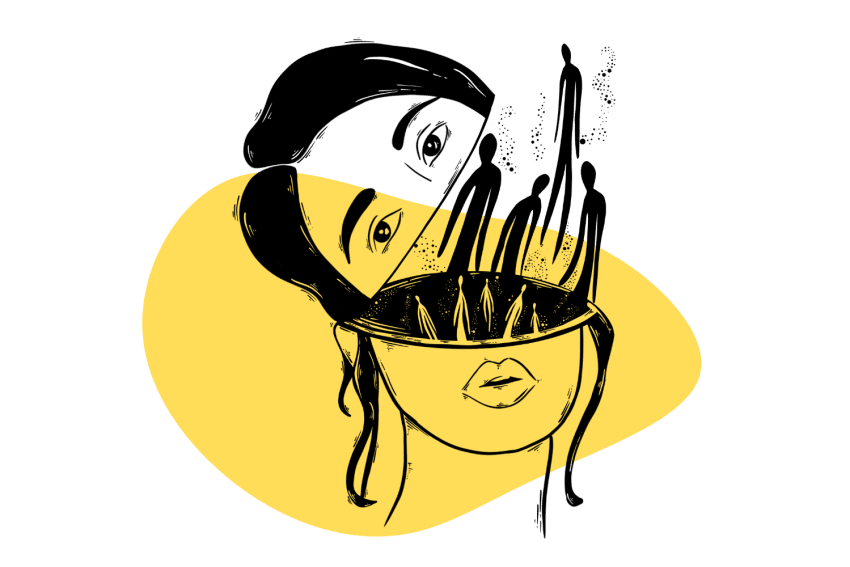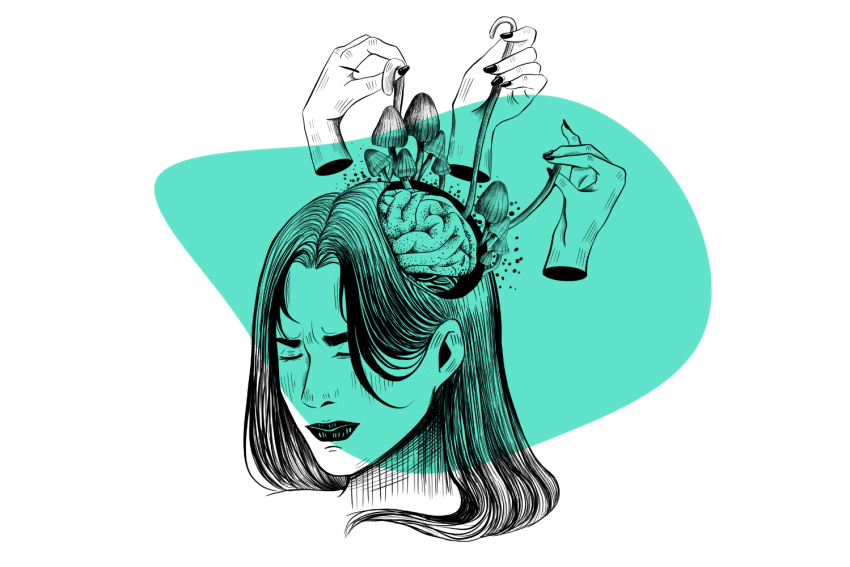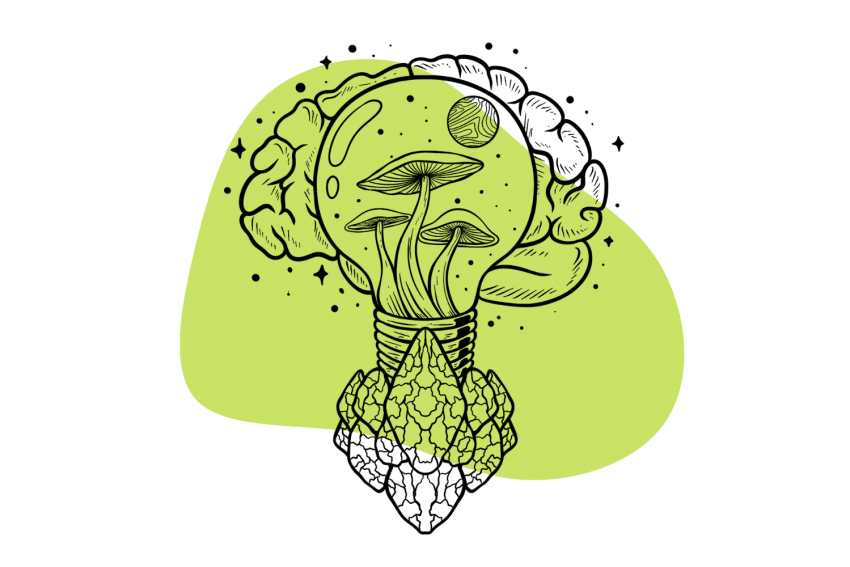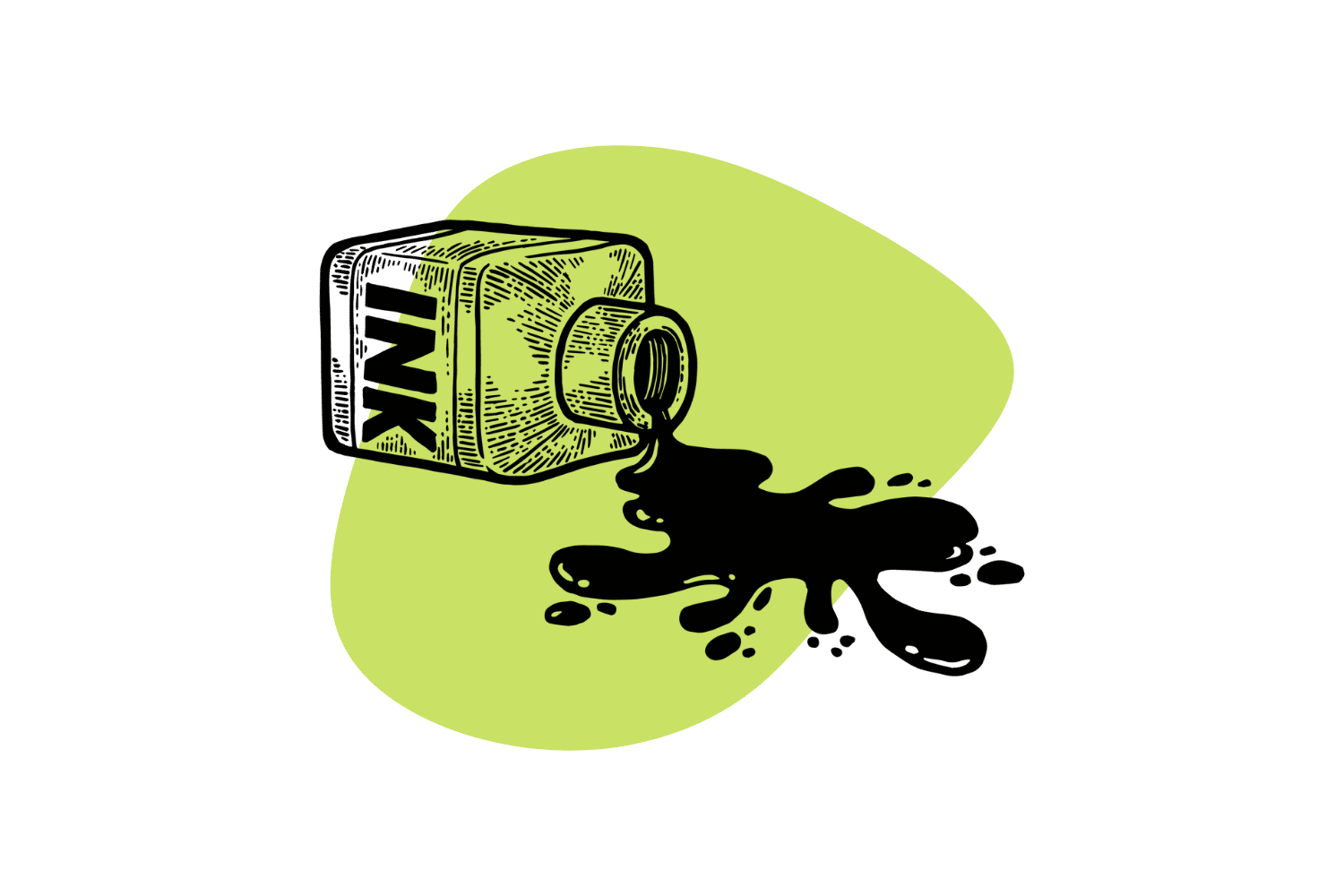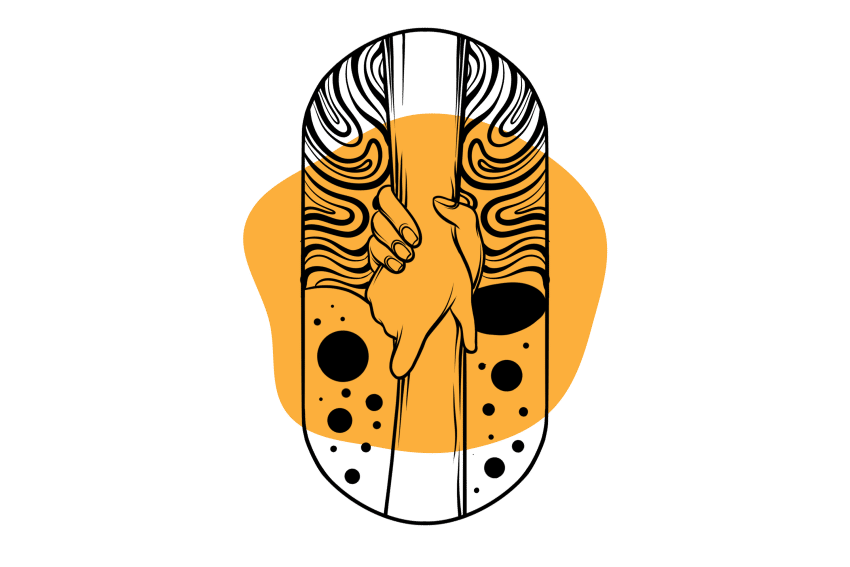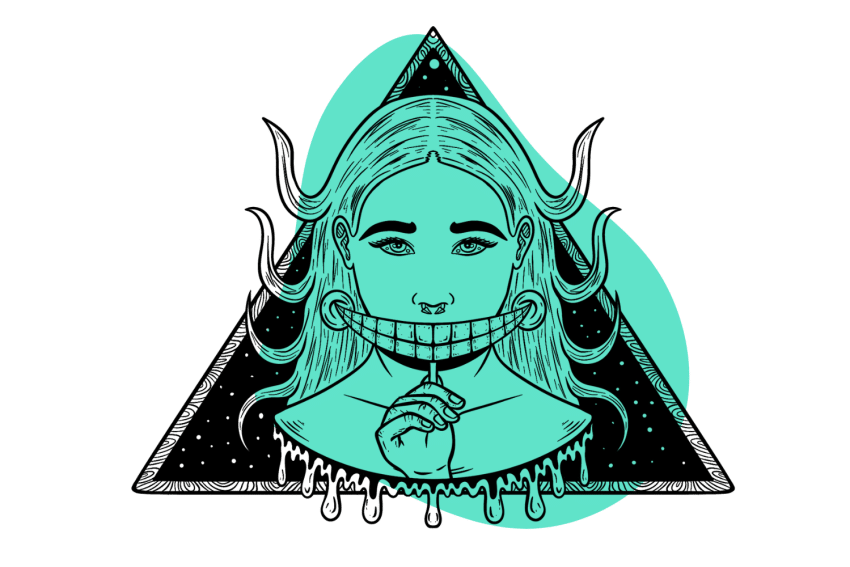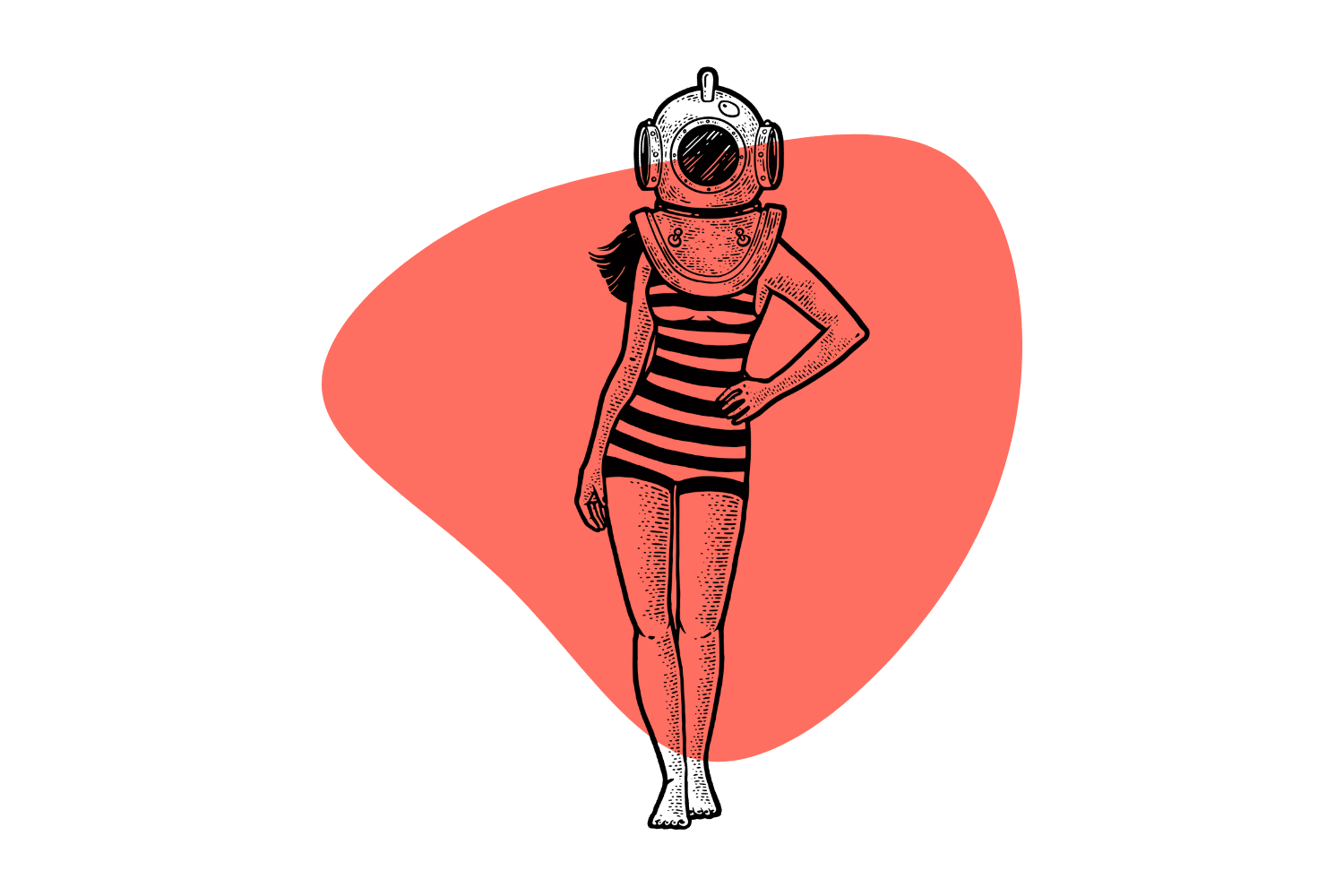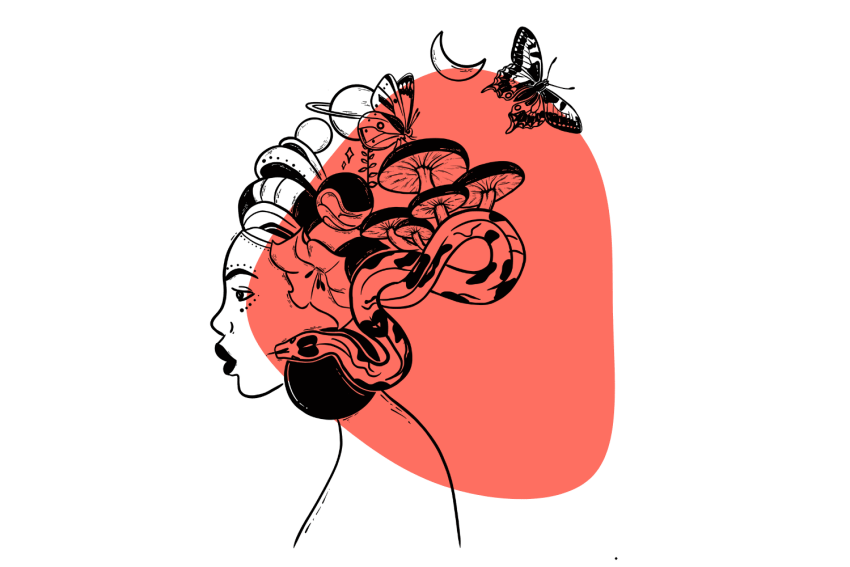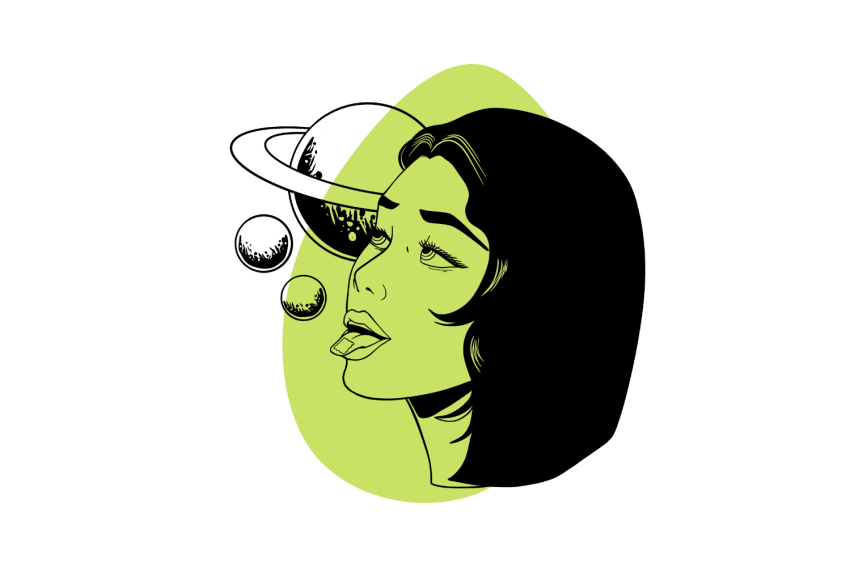Making the Most of Your Trip: Insights and Reflections for Personal Growth
For any psychedelic experience — even when the only goal is to have fun — users can benefit greatly from dedicating time to preparation, contemplation, and integration. Here’s a quick rundown on how to best make sense of and integrate your last (or next) trip.
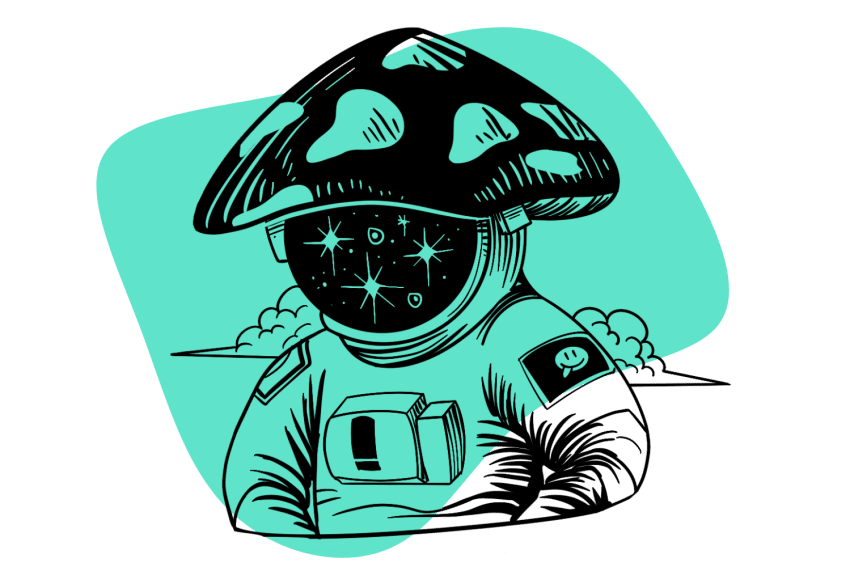
Tripping on a psychedelic should be a multi-day experience. Your “dose day” only represents one half-to-full day — except for ibogaine, that is. Setting aside at least a day before and at least a half-day immediately after will make the task of understanding and integrating it much easier.
If you’re interested in a specific element of this topic, take a peek below and click anywhere you want to jump to:
- Tripsitter Trip Sense Checklist
- Techniques to Understand Your Psychedelic Experience
- Making Sense of a Bad Trip
Hopefully, this guide can help you harness the full potential of your last (or next) trip.
Tripsitter Trip Sense Checklist
Use the following checklist to help organize your thoughts before stepping out into uncertain psychedelic waters.
Prep Day
1–3 days before taking your dose, dedicate a full day to prepare. You don’t have to contemplate the whole day; just intentionally rest with minimal distractions and set an hour or two aside for reflection.
The more days you can do this (especially in a row, right before the experience), the better:
- I have spent time meditating, doing yoga, on a leisurely walk without music, or otherwise spending time within my body and without distractions.
- I have set my intention for the experience and journaled about why it’s important to me (note: it’s okay if you just intend to have a fun, trippy time.)
- I have thoroughly researched the potential benefits and harms of the substance I intend to take.
- I have tested my drugs and made sure they are pure.
- I am confident in my dosage, intention, and mental well-being.
- I have spent time considering the thoughts and experiences I might revisit while on psychedelics.
- I have spent a considerable amount of time being kind to myself, listening to the needs of my body, and spreading, feeling, and contemplating love.
- (optional) I have written myself encouraging reminders or gentle nudges toward my intention in my notebook.
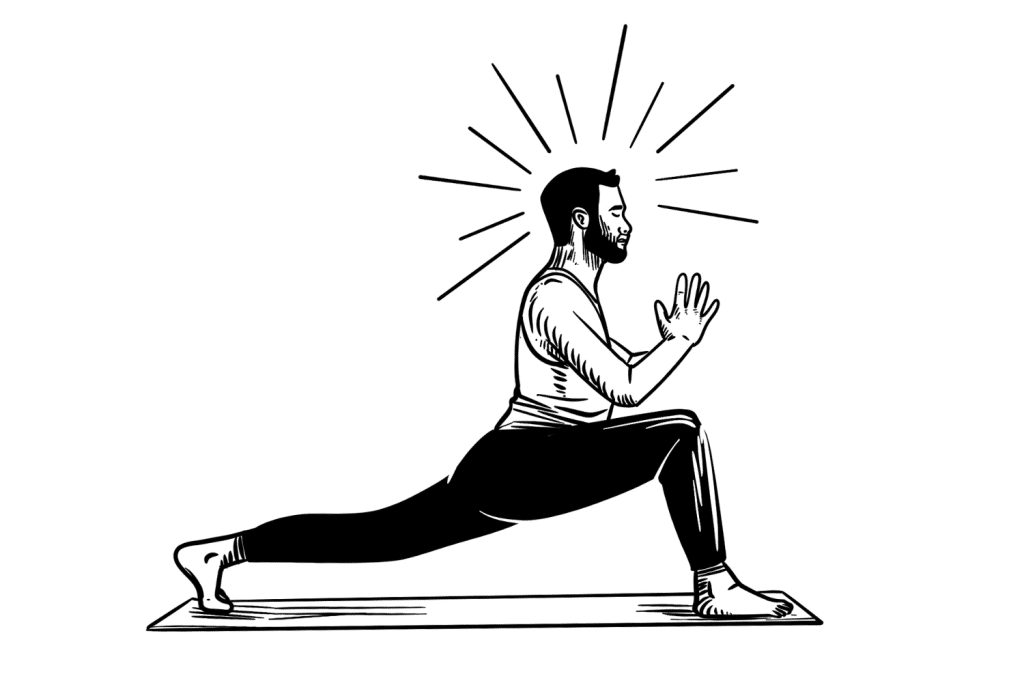
Dose Day
The day you plan to take a psychedelic substance.
(Optional) Ramp-up dose day:
For newcomers or those unfamiliar with the drug or dosage they’re planning, start with a ramp-up day. Do this at least 2–4 weeks before you intend to take your full dose (longer, depending on how big your ramp-up dose is.) Doses should start off with roughly/ ¼–½ of the intended higher amount.
- I have reviewed my journal entries from my preparation day(s).
- I have spent time taking care of and loving myself.
- I have meditated, done yoga, taken a leisurely walk, or otherwise spent time preparing my mind and body.
- I am confident in the purity, potency, and dosage of my drug of choice.
- I have a trained therapist, friend, relative, or loved one I can trust to take care of me if I need it.
- We have discussed the plan for negative emotions or experiences.
- We discussed my physical and emotional boundaries beforehand, including whether I’m okay with physical touch while tripping.
- I am excited and assured of my decision to do this.
- My environment is loving, kind, and familiar. I absolutely trust everyone around me, and I feel at peace where I am.
- (optional) I have a notepad nearby to track any thoughts I feel are worth keeping.
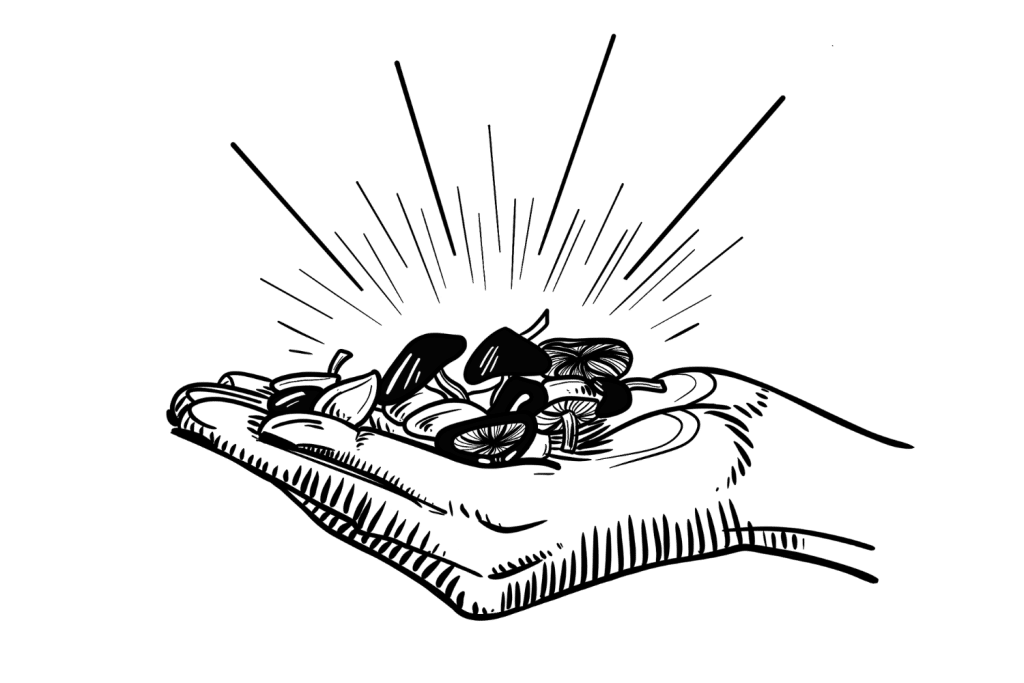
After the comedown and/or the day after ramp-up dose day (optional)
As the experience is fresh in your mind, put it into words as best you can. Memory is fleeting, so do this as soon as you can. The goal here is to remember this experience (not interpret it) to ensure your full-dose day is as impactful as possible.
- I have documented my experience.
- I have documented my feelings (emotionally, physically, and spiritually).
- Any intrusive or negative thoughts, I recall.
- Any positive thoughts, I recall.
- What, if anything, I felt the “theme” of the experience was.
- I have considered whether the theme of my trip fell in line with my intention.
- I have spent time considering if my intention for my full dose should remain the same or change.
- I have set another day aside, closer to my full-dose day, to prepare.
After the comedown and/or the day after dose day
Again, the key here is timing. The psychedelic experience is hard to describe, and it only gets harder as time goes on.
- I have documented my experience.
- I have documented my feelings (emotionally, physically, and spiritually).
- Any intrusive thoughts, I recall.
- Any positive thoughts, I recall.
- What, if anything, I felt the “theme” of the experience was.
- I have considered whether my trip’s theme aligned with my intention.
- If it didn’t, I have considered whatever messages may have come from the experience I did have and why my intention may not have come through.
- I prioritized the different components of the experience(s) to determine themes, common messages, and what was most important.
- I have spent time exercising and moving my body.
- I have meditated on the experience(s) and spent time in contemplation.
- I feel as though I understand the message of my trip and have integrated it or decided not to integrate it into my life.
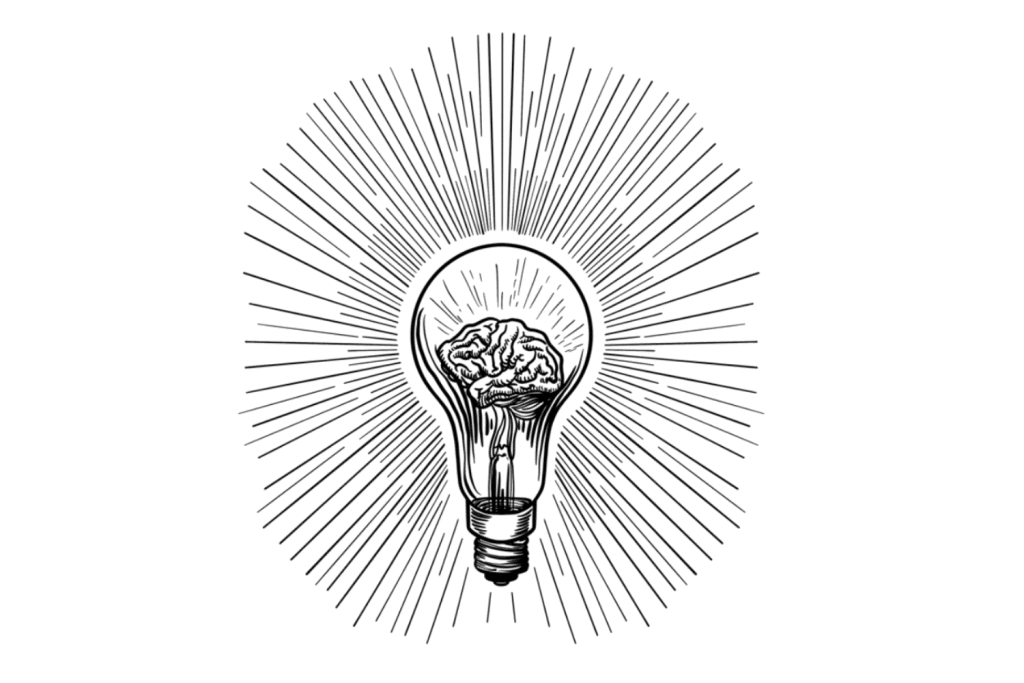
Techniques for Better Understanding Your Trip
People use different techniques to help integrate their psychedelic experience into their everyday life. The methodology for this varies from person to person and what works best for them.
After all, everyone has a different psychedelic experience; why would we expect the integration to broadly apply?
Here are some tips for helping to get the most out of your recent trip. Feel free to take whatever fits you and leave behind what doesn’t:
1. Set Yourself Up Before the Trip
Psychedelics are more profound when the dosing day represents just one of a three-part series. Before the trip, try to set an intention — including an intention to work through it — beforehand.
Prepare your mind for the questions and experiences you want to be a part of your trip beforehand. Doing so can set a framework and tremendously help you recapture the event to investigate it after.
Writing down or even mentally walking through the process of bringing whatever you might face while on psychedelics into your own life can drastically improve your experience.
Neşe Devenot and their team recently finished a years-long review of journals from a now-famous 2014 Johns Hopkins study [2]. Correlations were clear and profound between the intentions patients and their therapists set pre-dosing and therapeutic interventions with visual elements of their trip.
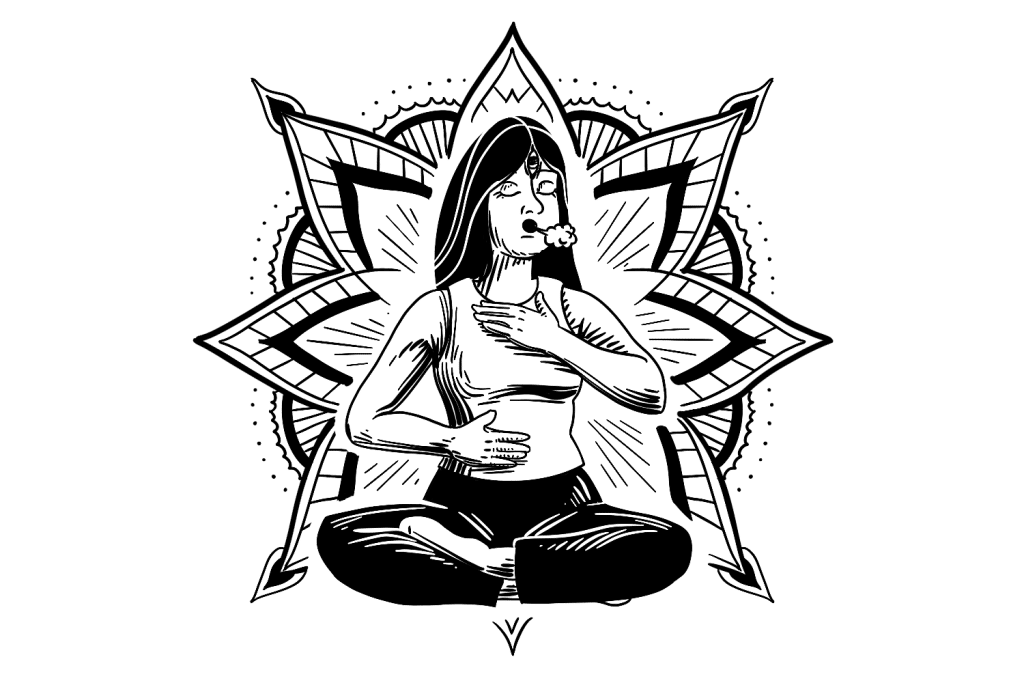
One of the most obvious examples involves a pre-dose emphasis on thinking of nicotine addiction as an outside force that doesn’t actually represent them. A participant’s journal from the day after speaks of a shadow enveloping them.
Eventually, they recognize the figure as an embodiment of their addiction to nicotine and the pull for them to smoke another cigarette as selfish and parasitic. This magical event the participant experienced and worked through is a direct representation of pre-dose therapeutic interventions.
This groundwork helped them visualize their addiction, move outside of it, and discover a pathway to life without it. Every minute you put into working up to a trip will pay off immense dividends during and after taking your psychedelic of choice.
2. Journaling for Psychedelic Integration
With psychedelic therapy — or even experiences at home — journaling is a helpful tool for pre- and post-dose sessions. Keeping a private journal provides an outlet for transparency and working through difficult emotions.
As one therapist puts it:
The solitary nature of a personal journal does not contain the sounding board effect inherent in dialogue … the writer of the personal journal may well process and re-process the same concepts repeatedly with little challenge to his or her accepted beliefs or ideas [3]
Journaling may not be your favorite choice during everyday life, but it’s still worth it to make an effort to help make sense of your trip. A bonus is being able to revisit journals and access the memory of the impactful experience easier.
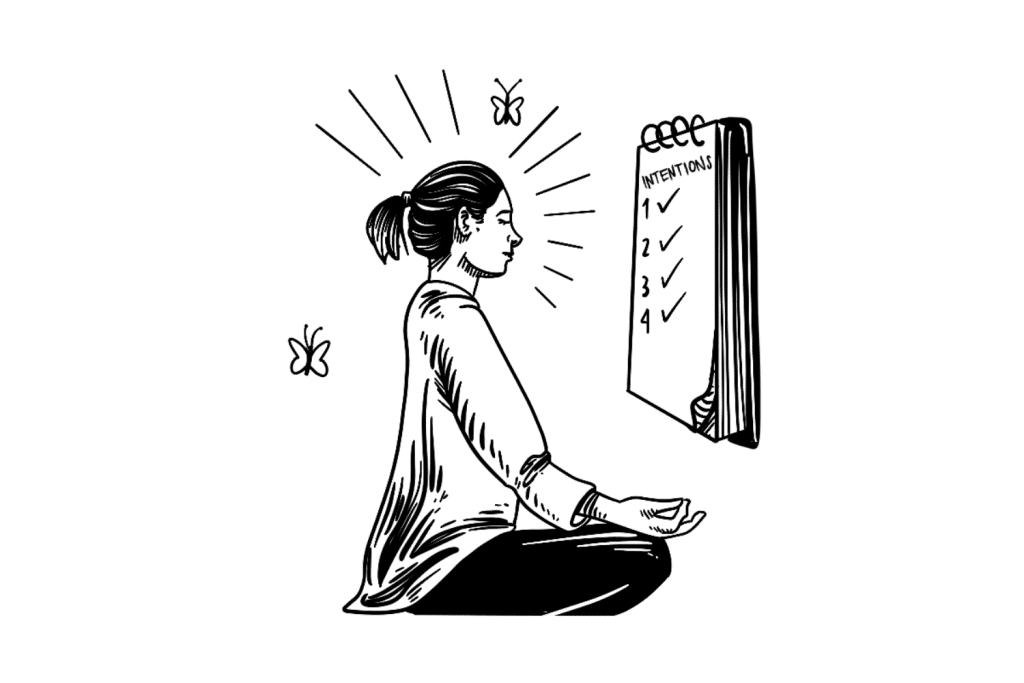
Here are some tips on journaling before, during, and after your trip:
- Before — Write down your intention and consider writing some reassuring notes for yourself during the trip. This can help bring focus to your trip and offer a nice self-love reminder while you’re tripping, respectively.
- During — Thoughts will fly in and out of your mind when tripping, but if one sticks around for a bit, try to write it down. If this isn’t working, attempt a single word and see if you can “stream-of-consciousness” your way through it. Or draw, dance, sing, or whatever feels important and beneficial to you; there’s no need to force it.
- After — Revisit your entries as close to the end of your trip as possible to see if you can fill in any blanks or write more details. Give yourself a few days and start some new entries to process the previous writing and everything beyond it.
Allow yourself the freedom to write, re-write, critique, and contradict yourself during this: it’s all in the process.
A) Prep Day
1–3 days before taking your dose, dedicate a full day to prepare. You don’t have to spend the whole day in contemplation; just intentionally rest with minimal distractions and set an hour or two aside for reflection.
The more days you can do this (especially in a row, right before the experience), the better.
Journal Prompts:
- I have spent time meditating, doing yoga, on a leisurely walk without music, or otherwise spending time within my body and without distractions.
- I have set my intention for the experience and journaled about why it’s important to me (note: it’s okay if you just intend to have a fun, trippy time.)
- I have thoroughly researched the potential benefits and harms of the substance I intend to take
- I have tested my drugs and made sure they are pure
- I am confident in my dosage, intention, and mental well-being
- I have spent time considering the thoughts and experiences I might revisit while on psychedelics
- I have spent a considerable amount of time being kind to myself, listening to the needs of my body, and spreading, feeling, and contemplating love
- (optional) I have written myself encouraging reminders or gentle nudges toward my intention in my notebook
B) Dose Day
The day you plan to take a psychedelic substance.
(Optional) Ramp-up dose day:
For newcomers or those unfamiliar with the drug or dosage they’re planning, start with a ramp-up day. Do this at least 2–4 weeks before you intend to take your full dose (longer, depending on how big your ramp-up dose is.)
Doses should start off with roughly/ ¼–½ of the intended higher amount.
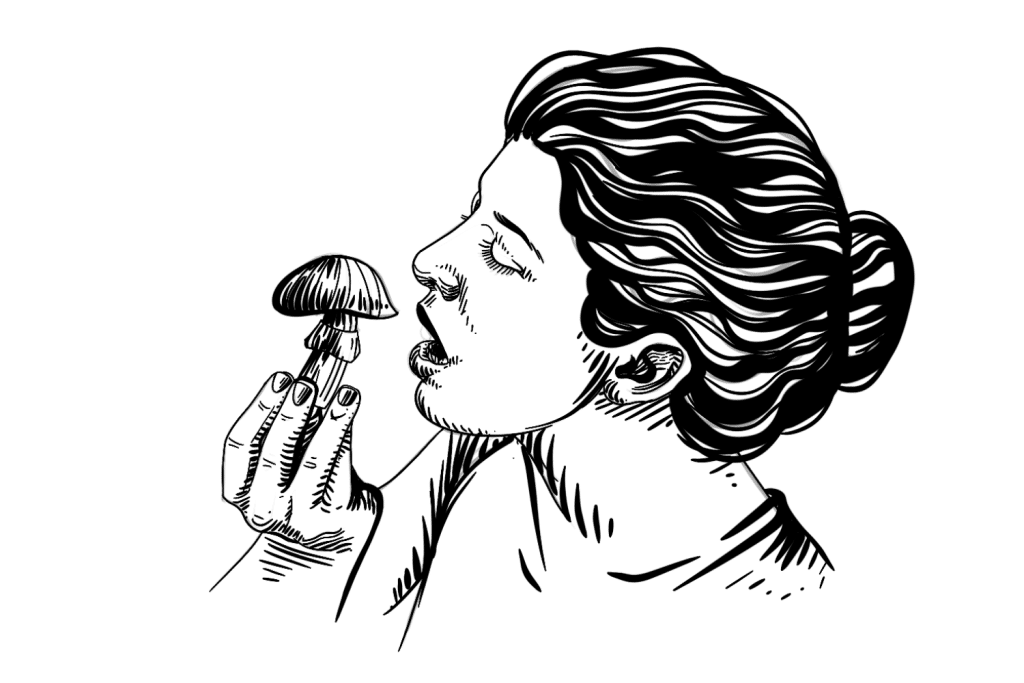
Journal Prompts:
- I have reviewed my journal entries from my preparation day(s).
- I have spent time taking care of and loving myself.
- I have meditated, done yoga, taken a leisurely walk, or otherwise spent time preparing my mind and body.
- I am confident in the purity, potency, and dosage of my drug of choice.
- I have a trained therapist, friend, relative, or loved one I can trust to take care of me if I need it.
- I am excited and assured of my decision to do this.
- My environment is loving, kind, and familiar. I trust everyone around me with absolute certainty, and I feel at peace where I am.
- (optional) I have a notepad nearby to track any thoughts I feel are worth keeping.
C) The Day After
As the experience is fresh in your mind, put it into words as best you can. Memory is fleeting, so do this as soon as you can.
The goal here is to remember this experience (not interpret it) to ensure your full-dose day is as impactful as possible.
Journal Prompts:
- I have documented my experience
- I have documented my feelings (emotionally, physically, and spiritually)
- I have noted any intrusive or negative thoughts I can recall
- I have noted any positive thoughts I can recall
- I have noted what, if anything, I felt the “theme” of the experience was
- I have considered whether the theme of my trip fell in line with my intention
- I have set another day aside, closer to my full-dose day, to prepare.
3. Prioritize Your Experience and What Stuck Out Most
When making sense of the experience, start with the things you spent the most time with during your trip. Thoughts only occasionally stick around long enough to consider them during a psychedelic experience; ones hanging around or recurring throughout are likely worth diving deeper into.
Was a certain memory, emotion, or thought pattern resurfacing over and over? What do you feel your mind was trying to tell you at this moment?
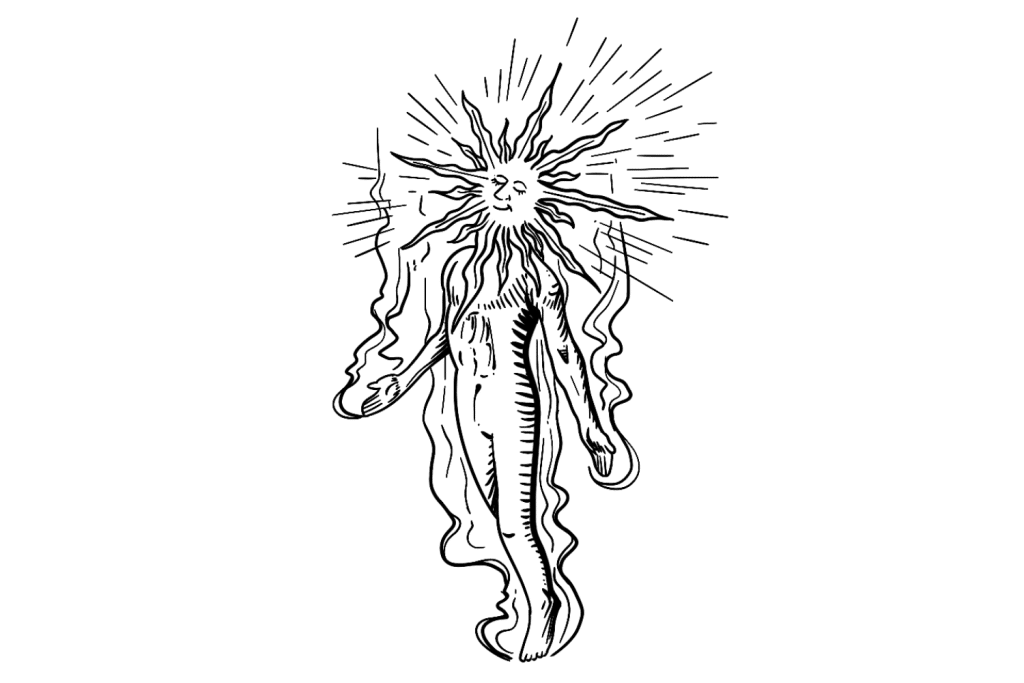
Integrating a psychedelic experience into your life can feel like a daunting task when you’re trying to shove an entire 6–12 hour trip through. Some of these things — like the amount of time I spend wondering if my cat thinks of me as her pet — may have been fun but don’t warrant further contemplation.
The joy I felt when I was petting her as she purred in my lap is different, however. Emotional responses may heighten during a psychedelic trip, and sometimes (not always) it’s worth trying to bring some of them back into everyday life after.
What made you feel so joyful at a seemingly mundane object, and how can you remind yourself while sober of its beauty and intricacies? Consider the importance of your journey and the themes you felt came through clearest.
Then, work through them first.
4. Move & Spend Time Within Your Body
Our bodies may present physical symptoms for emotional or mental health concerns, and learning to listen for these may help. One study of 15 veterans with PTSD found that practicing “yoga that included breath work, meditation, mantra repetition, or breathing exercises” significantly improved their symptoms [4].
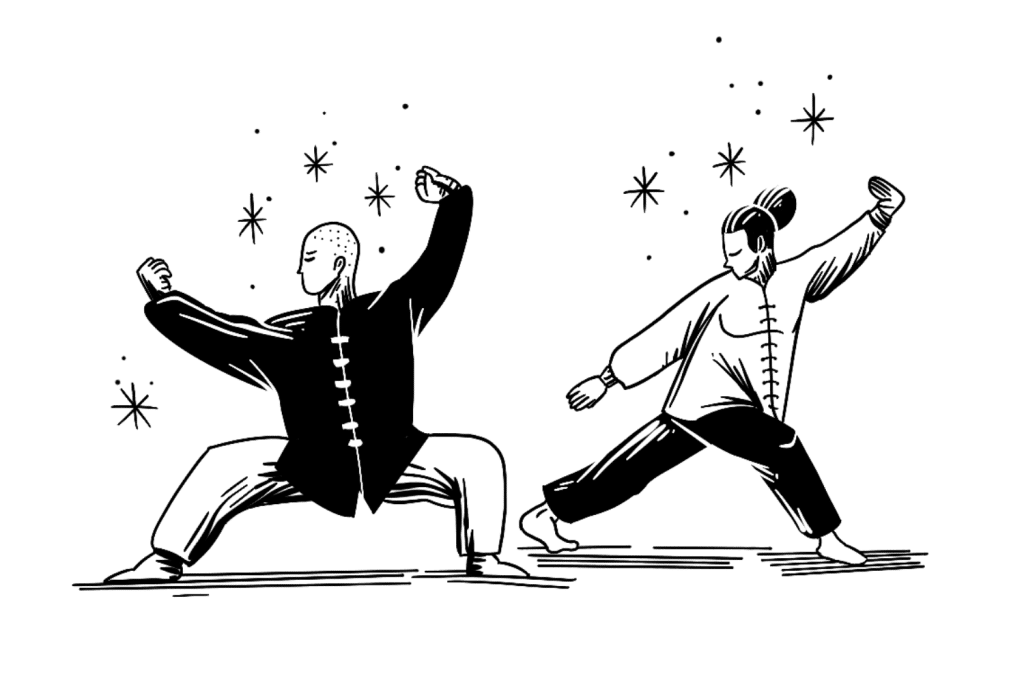
This might mean a long walk through hilly terrain without headphones on a few times a week to connect with your surroundings and give your mind time to roam. Yoga, meditation, breathwork, and more can help us spend time within the body and identify any lingering areas of anxiety or pain.
Exercise also offers many of the same benefits people turn to psychedelics for, like reducing anxiety and depression or elevating mood and self-esteem [5]. If you’re willing to go on a heroic psychedelic journey, why not be willing to stretch, meditate, or otherwise strengthen your body and mind?
5. Making Sense of a Bad Trip
While people often come out of a “bad trip” with a valuable lesson, this isn’t always the case, and sometimes the experience is simply horrifying and seemingly eternal. If there was a good message within the experience, moving forward means investigating it.
Without a positive element to a bad trip, “making sense of it” may or may not apply, and the most important thing is processing and moving on.
Bad Trips With a Good Message
Psychonauts often tout bad trips as being among the most impactful, and this may be the case at times, but not always. While the experience might be scary and the images may be horrific, people often feel it was still an important experience in their life they don’t regret.
Importantly, we should mention this is also a heavily-exploited concept and a manipulation tool for some. Leaders often use the philosophy to encourage and exacerbate terrifying experiences on psychedelics. Again, not every bad trip has a good message: some (maybe even most [6]) are just bad. In extreme cases, they may even lead to PTSD [7].
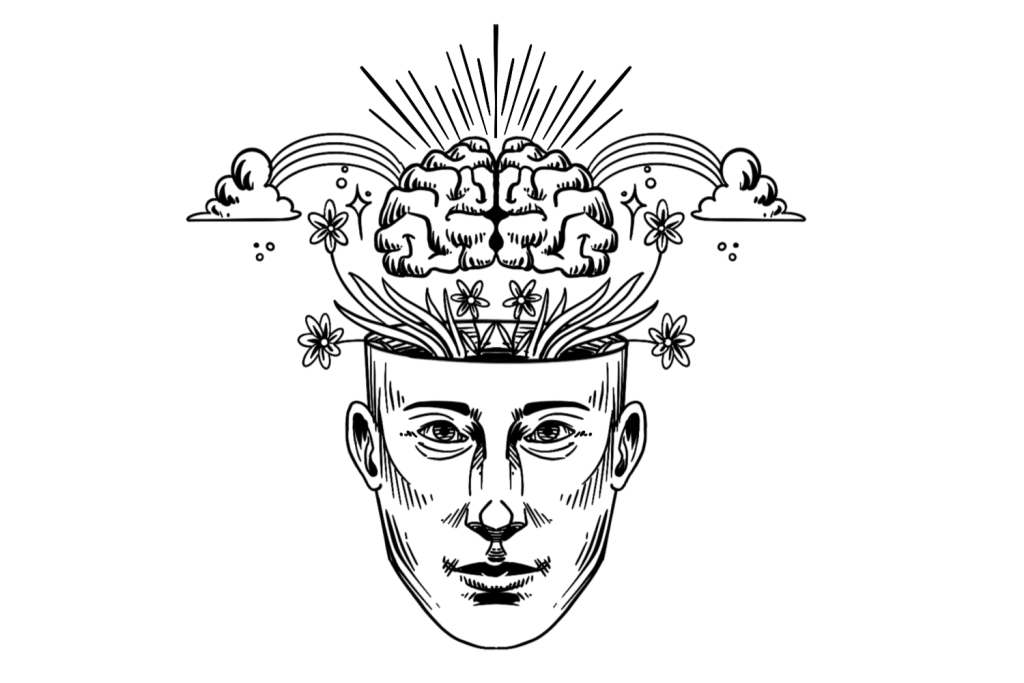
If you feel there was a positive message in your bad trip, spend time journaling, discussing, and working through it with yourself, your peers, and/or a therapist. Consider, specifically, why you think the bad trip surrounding it felt helpful or necessary for you to receive the message.
It’s also crucial to face the bad parts of the trip, make sure you’re past them, and see if they carry a message of their own. Psychedelics make every thought feel profound and important, but some aren’t, and it’s okay to discard and not evaluate experiences without value.
Pick up what’s valuable and work through what isn’t.
Bad Trips Without a Good Message
Occasionally, psychedelics can lead to a negative experience without any perceivable value. While this often comes as a result of poor planning, overdoing the dosage, or other causes, it may happen for no reason at all. When this happens, “making sense” becomes “moving on” from it.
If you experience a bad trip and feel as though nothing about it was beneficial, you don’t have to keep looking for reasons to change your mind. You’re free to move on from it and process the experience in a way that enables you to put it behind you instead of integrating it into your life.
A car crash can be a horrific, life-altering experience, or it can simply be horrific. When it’s the latter, “processing,” it looks different from the former — there isn’t a lesson to learn, only a trauma to move past.
While it’s rare for a psychedelic experience to get to the place of being a traumatic event, it’s not impossible. Don’t feel like every element — or even any element — automatically warrants integration into your life.
Sometimes, it’s best to carry on after making sure it wasn’t indicative of a worse problem mentally.
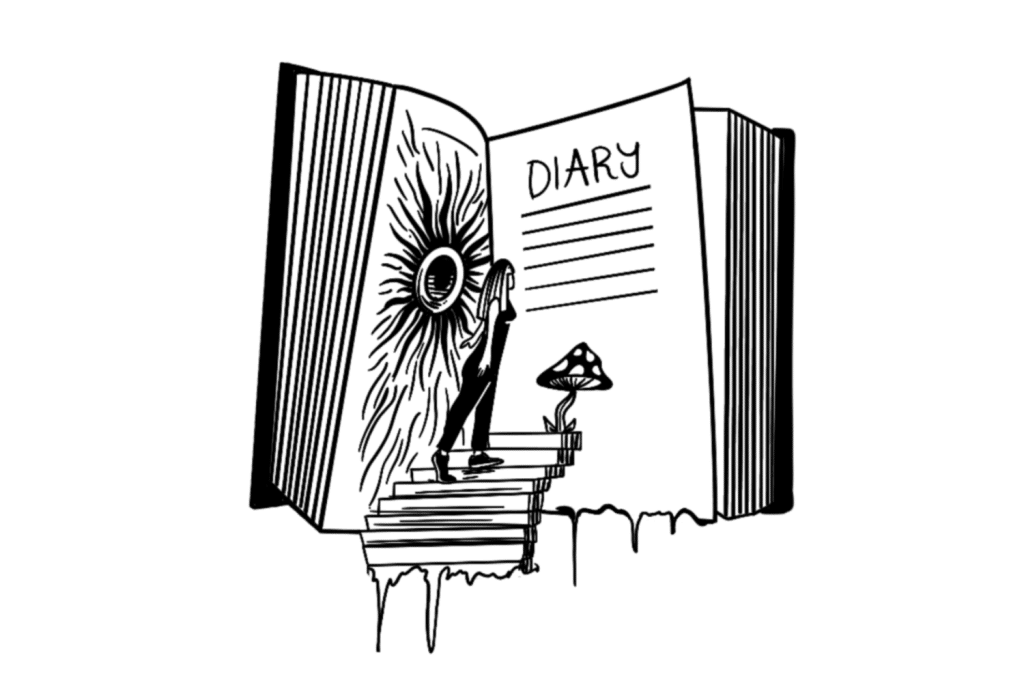
Conclusion: Making Sense of Psychedelic Experiences
Psychedelics feel like a substance without equal, but we have psychedelic experiences all the time without drugs. Whether it’s deep meditation, breathwork, or near-death experiences [8], anyone could find themselves ripped out of their ego at any time.
Luckily, with psychedelics, we can plan for these events and even attempt to guide them in a specific direction. Preparation, expertise, and practice can help you make sense of complicated thoughts, emotions, and images during the trip and set you up to integrate them into your life after.
As a harm reduction method, these practices can assist in moving past a difficult experience with psychedelics. For recreational users, prep work can assist in making sure it’s a fun experience, and working through it after can assist in bringing the joy from your trip into your life.
Importantly, there’s an unpredictable nature to psychedelics which means a bad trip can happen at any time for any reason. Still, nobody taking a psychedelic substance wouldn’t benefit from intentionality and preparation.
References
- Kangaslampi, S. (2023). Association between mystical-type experiences under psychedelics and improvements in well-being or mental health–A comprehensive review of the evidence. Journal of Psychedelic Studies.
- Devenot, N., Seale-Feldman, A., Smith, E., Noorani, T., Garcia-Romeu, A., & Johnson, M. W. (2022). Psychedelic identity shift: a critical approach to set and setting. Kennedy Institute of Ethics Journal, 32(4), 359-399.
- Hubbs, D. L., & Brand, C. F. (2005). The paper mirror: Understanding reflective journaling. Journal of Experiential Education, 28(1), 60-71.
- Cushing, R. E., & Braun, K. L. (2018). Mind–body therapy for military veterans with post-traumatic stress disorder: a systematic review. The Journal of Alternative and Complementary Medicine, 24(2), 106-114.
- Sharma, A., Madaan, V., & Petty, F. D. (2006). Exercise for mental health. Primary care companion to the Journal of clinical psychiatry, 8(2), 106.
- Kangaslampi, S. (2023). Association between mystical-type experiences under psychedelics and improvements in well-being or mental health–A comprehensive review of the evidence. Journal of Psychedelic Studies.
- Rubin-Kahana, D. S., Hassan, A. N., & Le Foll, B. (2021). Post-traumatic stress disorder after a psychedelic experience, a case report. Journal of Addiction Medicine, 15(3), 248-251.
- Timmermann, C., Roseman, L., Williams, L., Erritzoe, D., Martial, C., Cassol, H., … & Carhart-Harris, R. (2018). DMT models the near-death experience. Frontiers in Psychology, 1424.

